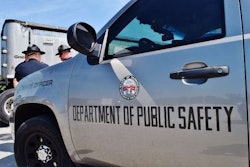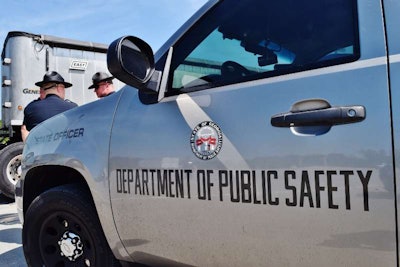
Among top-10 enforcement-intense states with the biggest declines in inspections in 2014 was Georgia. The state dialed back on overall inspections from 81,183 in 2013 to 69,188 in 2014, a 15 percent decline. The reason? Continuing manpower issues in part, says Capt. Jeremy Vickery of the Georgia Department of Public Safety’s Atlanta headquarters.
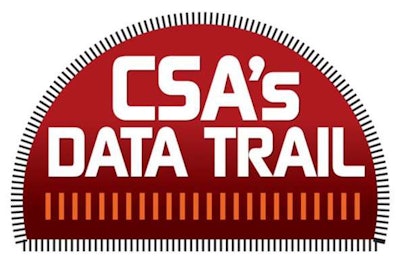 Catch more in-depth state-by-state data and analysis via our CSA’s Data Trail main page, recently updated to reflect year 2014 data.
Catch more in-depth state-by-state data and analysis via our CSA’s Data Trail main page, recently updated to reflect year 2014 data.Down from a high of about 300 dedicated Georgia State Patrol troopers involved in commercial vehicle enforcement, the state now is sitting at 242 officers on dedicated truck duty. “The goal is to get back to 300 by 2017,” Vickery says.
As in other budget-hampered areas across the nation, Georgia is focusing on doing more with less. Part of that solution is relying on technology as an “officer assist” to identify issues from brake-equipment violations and moving violations such as following too close. The department has put 150 TruCam Lidar guns in operation. The speed-radar guns also have photo, video and GPS capabilities to document and provide solid evidence of too-close distances.
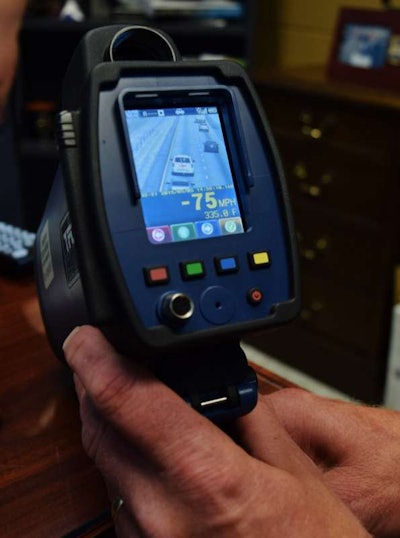 One of Georgia’s TruCam Lidar speed guns
One of Georgia’s TruCam Lidar speed gunsAnd not just with respect to truckers following too close. Vickery touts the state’s GTACT program, its version of FMCSA’s national Ticketing Aggressive Cars and Trucks effort. With the TruCams in place, “if you can see that video [of a car] 0.2 seconds off the truck’s bumper,” Vickery says, or vice versa, the notoriously fuzzy offense has much a better chance of sticking in court. With video capability, speeding offenses proceed likewise.

Georgia’s also one of 11 states that has a performance-based brake tester, a device that measures overall and individual-axle brake performance. North Georgia-based Lt. Lee Robertson says the PBBT is used occasionally by a mobile unit in hilly country with a predominance of log trucks and other units “where they are really using those brakes a lot.” It was stationed at the I-85 northbound scale in Lavonia, Ga., during an unannounced May 6 national brake check blitz.
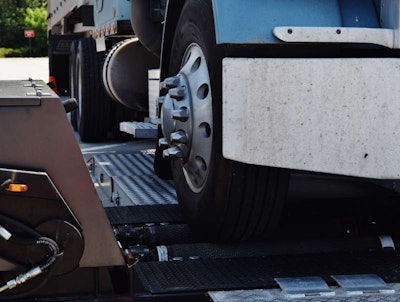 Georgia’s portable PBBT unit at work.
Georgia’s portable PBBT unit at work.Such units are proving to be a boon for departments looking to find brake problems, particularly in disc-brake systems where a lot of the components are encased and not easily inspected visually, says Keppler. “Brakes are still the number one issue” nationwide for inspectors. Brakes also rank high on most states’ violation-priorities lists in Overdrive’s analysis. (In Georgia, brake violations trail only lights and hours of service violations.) Brake violations “used to be predominantly related to brake adjustment, but we’re seeing a shift toward brake-system-component-type violations,” Keppler says. “Part of that is due to [the reality of] self-adjusting slack adjusters.”
But with disc brakes, there’s a longer-term issue. “Most of the components are encased, and some suppliers say you don’t have to maintain them,” Keppler says. “We know there are some fleets that will do a good job and some that won’t. PBBTs offer another way to look at those braking systems.”




